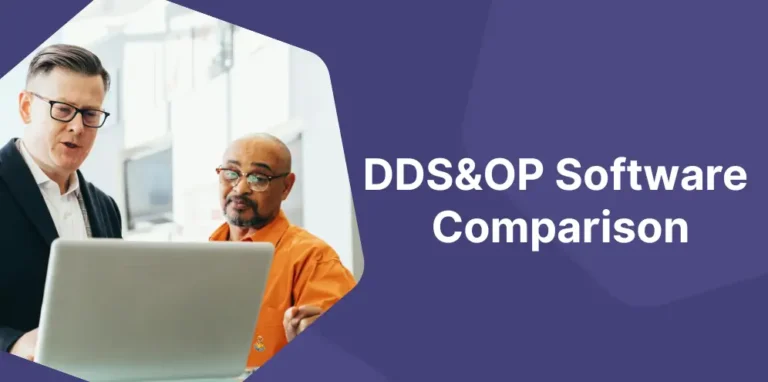When you’re looking for IT systems to manage your supply chain, chances are you’ll be directed toward large, complex, and expensive systems.
This trend dates back to the advent of ERPs in the 90s and is self-sustaining for an entire industry. If a system – an ERP, for example – is complex, it will require a whole network of integrators and consultants to implement it, upgrade it, train users and support them, and so on.
So, if you’re a consultant in a large consulting firm, it’s in your best interest to recommend that the companies you work with opt for a large, complex system, because your job as a consultant involves selling consulting days. It’s human nature.
Some solutions are ideal for generating consulting days – I’m thinking, for example, of a solution from the world of finance, which involves the development of customized models for each company, and which has successfully developed a considerable volume of business for its partner consulting firms. Irrespective of the quality of the solution, in many cases we may well question the relevance of inventing, developing, and maintaining a customized model that reinvents the wheel…
In the field of supply chain planning, there are many complex and costly systems. If you don’t know who I’m talking about, you’ll easily find them in a magic quadrant…
At conferences we have attended, feedback on the implementation of some of these solutions has been reported… just the implementation, not the results achieved. A recent example from a well-known solution celebrated the successful implementation of the demand planning process within a year. Supply planning was scheduled for the following year…
Because of their complexity and the need for intensive support, implementing these solutions is very similar to implementing an ERP system – with similar costs and risks!
Isn’t this the antithesis of the need for agility that companies are facing?
At the opposite end of the spectrum, the Demand Planning solution developed by SKU Science, now integrated into Intuiflow, was initially designed for autonomous implementation by end-customers, without any consulting intervention – in one or two months, users are fully operational. This calls for the development of a solution that masks the underlying complexity and is intuitive so that users can get up and running quickly.
We have several customers – major international corporations – who have autonomously deployed Intuiflow on dozens of industrial and distribution sites, with a small internal deployment team – typically 2 to 4 people – for project durations of 3 to 6 months for each site.
Our development efforts contribute to this ease of implementation – “auto-pilot” functionalities facilitate inventory sizing, without the need for data scientists. The integrated Power BI platform provides immediate end-to-end supply chain visibility, without the need for costly and time-consuming customization.
The downside of this approach is that (large) consulting firms whose model is to sell many days of support are not always very keen to recommend us… However, we are seeing the emergence of a community of consultants who are committed to ensuring their customers’ success with pragmatic approaches, for whom supporting a successful rapid implementation is a guarantee of long-term relationships with their customers.
So, if your favorite consulting firm points you in the direction of a particular solution, make sure you understand how it fits into their business model. Also listen to word-of-mouth, to feedback from companies that have implemented the solution. How long did it take? Were the results achieved? Was it just an experiment, or a large-scale deployment?
We organize user conferences and broadcast recordings of them online, so feel free to explore all this to get an idea!…












